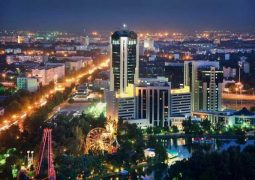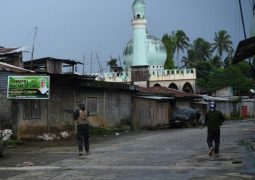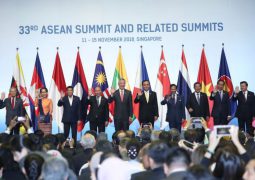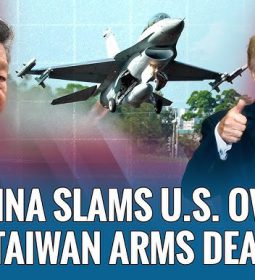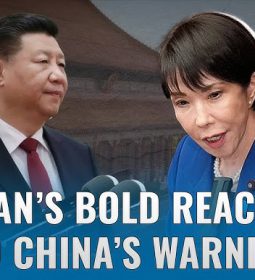North Korea says missile test confirms warhead guidance

North Korea said on Monday it has successfully tested an intermediate-range ballistic missile to confirm the reliability of the late-stage guidance of the nuclear warhead, indicating further advances in the ability to hit U.S. targets.
The North’s KCNA news agency said leader Kim Jong Un supervised the test which also verified the functioning of the solid-fuel engine for the Pukguksong-2 missile and ordered it for deployment in field action.
North Korea has defied all calls to rein in its nuclear and missile programs, even from China, its lone major ally, saying the weapons are needed for legitimate self-defense. The North last conducted a ballistic missile test a week ago.
“Saying with pride that the missile’s rate of hits is very accurate and Pukguksong-2 is a successful strategic weapon, he approved the deployment of this weapon system for action,” KCNA said, quoting leader Kim Jong Un.
The launch verified the reliability and accuracy of the solid-fuel engine’s operation and stage separation and the late-stage guidance of the nuclear warhead which was recorded by a device mounted on the warhead, KCNA said.
The missile flew about 500 kilometers (310.69 miles), reaching an altitude of 560 km, and landed in waters off the North’s east coast, South Korea’s military said on Sunday.
The reclusive state has been working to develop a nuclear-tipped missile capable of striking the U.S. mainland. On Saturday, it said it had developed the capability to strike the U.S. mainland, although Western missile experts say the claim is exaggerated.
On Monday, KCNA said the latest test follows the successful test last week of another missile that has put Hawaii and Alaska within range.
Experts say solid fuel engines and mobile launchers make it more difficult to detect signs of launch preparations.
“For military purposes, solid-fueled missiles have the advantage that they have the fuel loaded in them and can be launched quickly after they are moved to a launch site,” David Wright, co-director of the Global Security Program at the U.S.-based Union of Concerned Scientists, said in a blog post.
“Building large solid missiles is difficult,” he said, adding it took decades for major superpowers such as France and China to go from a medium-range missile to an intercontinental ballistic missile.
“So this is not something that will happen soon, but with time North Korea will be able to do it,” Wright said.
- Previous Trump tells Middle East to ‘drive out’ Islamist extremists
- Next Israel makes some concessions to Palestinians before Trump visit



